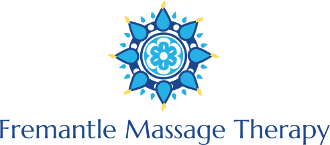Business Closed
Treatments
Swedish / Relaxation
Swedish Massage is the most common form of massage. Pressure during a Swedish massage can vary from light to vigorous. There are five specific styles of stroke in a Swedish Treatment - effleurage (gliding), petrissage (kneading), tapotement (rhythmic tapping), friction (cross fiber or with the fibers) and vibration or shaking. A Swedish Massage is great for those looking to relax and unwind and would be the best choice for someone who has not received a massage before as the deeper styles could be a little intense for a first timer.
Deep Tissue
Deep Tissue Massage begins to work into the deeper layers of the body. It is performed with deep, slow strokes sometimes in coordination with the breath. Due to the stresses of life, the tissues of the body often develop adhesions (tight, often painful bands of tissue) Deep Tissue is an excellent way to allow the body to release these areas of tightness. The therapist will ask for feedback on pressure levels to ensure that you are not too far out of your comfort zone. Ideally, enough pressure will be applied to gain a release of tension with little to no discomfort. Some people are willing to experience some discomfort in order to release their muscles - this can be discussed with the therapist.
Trigger Point
Trigger Points are very irritable spots in the soft tissues of the body. These can be felt as palpable nodules within the muscle fibers. Most people know of trigger points as "knots". One area these are very commonly experienced is just above the shoulder blades however they can occur in any muscle throughout the body. A massage therapist trained in Trigger Point Massage will be able to locate and deactivate these trigger points by applying sustained pressure and then performing specific stretching. Usually only a few trigger points are deactivated per treatment as it is possible to overwhelm the system by releasing too many at once. The Trigger Points in various muscles have specific pain referral patterns to other locations in the body. This can assist the therapist in diagnosing the problematic muscles to target.
Postural Massage (and PNF)
The aim of postural massage is to identify the muscles in the body that have become tight and short and apply lengthening and releasing techniques to them in order to restore a more natural balance. Muscles that have become chronically lengthened can be toned and activated with PNF.
PNF stands for Proprioceptive Neuromuscular Facilitation. This is just jargon for a stretching technique that requires the client to activate certain muscles or muscle groups in order to release other muscles or groups.


